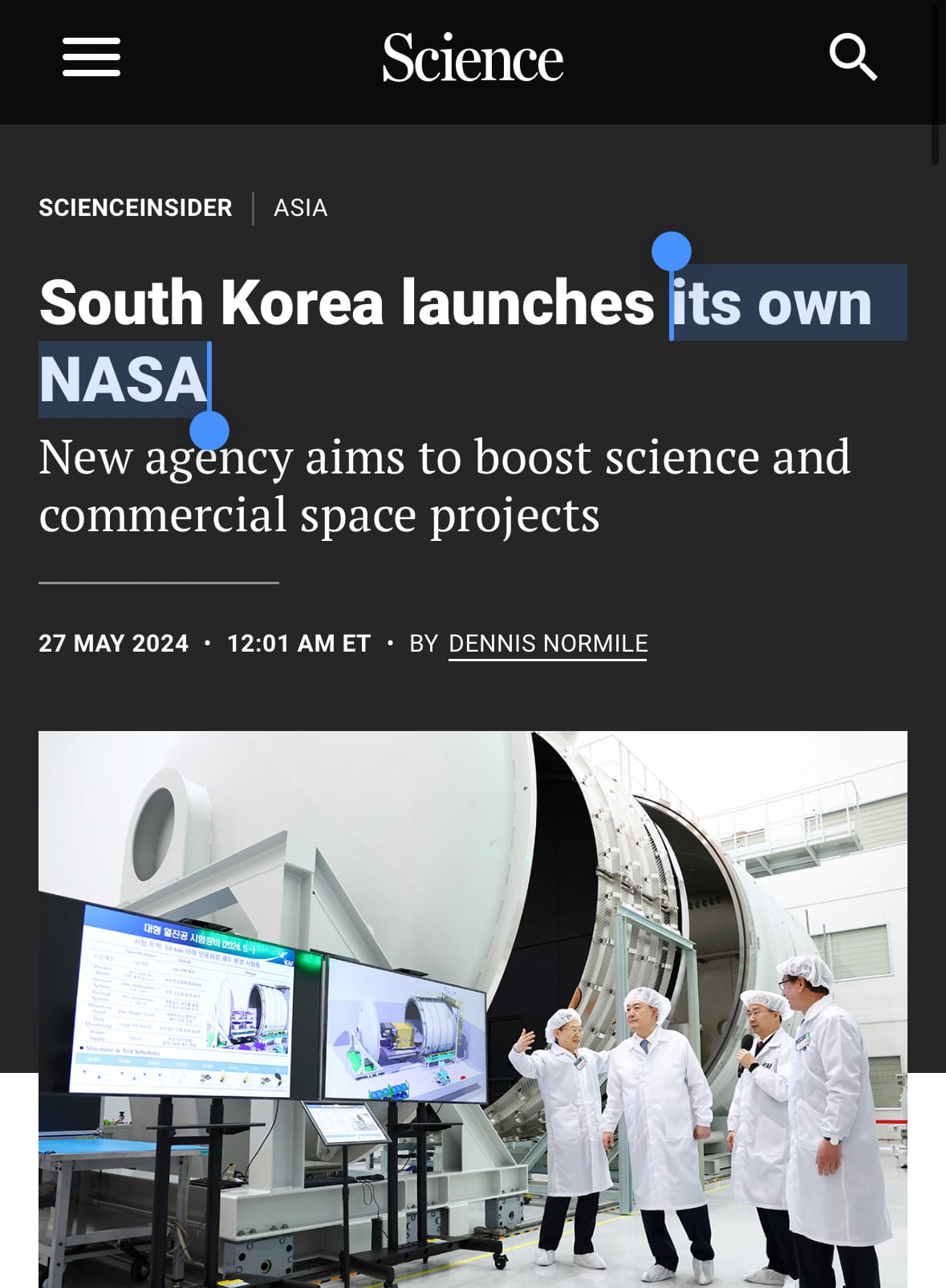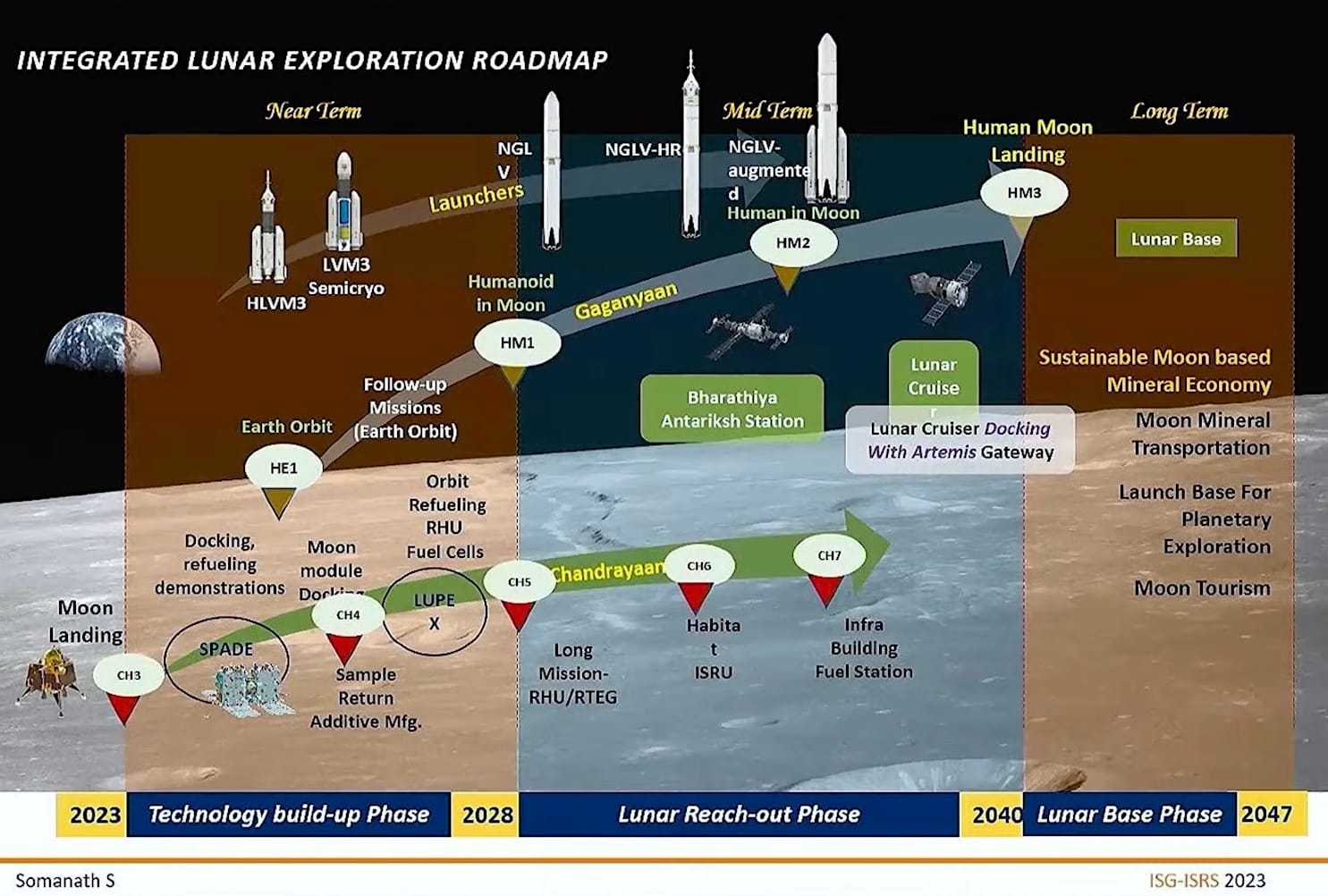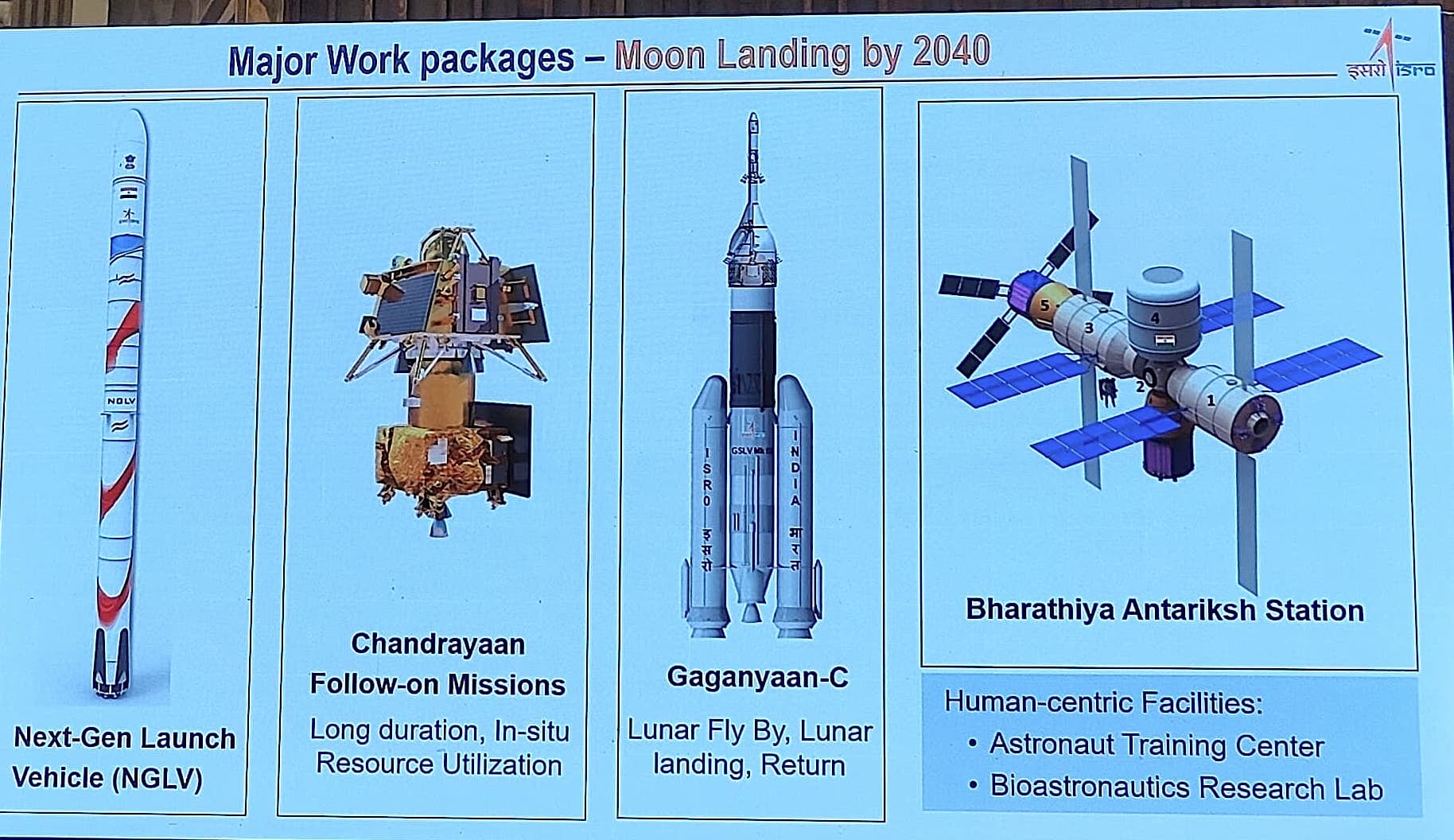Moon Monday #181: On South Korea’s lunar landing plan, national space agencies, an Indo-US gateway, and more

Newly forged KASA aims to land on Luna
At long last, South Korea formed its space agency called the Korea Aerospace Administration (KASA) to consolidate and/or coordinate the country’s various space activities—which span space science research, rocket and spacecraft technology development, and private space activities. So far, each of these core activities tended to have distinct organizations working on or managing them, like the case of South Korea’s first lunar orbiter KPLO which was developed and is being led by the Korea Aerospace Research Institute (KARI).
Now, KASA is considering launching South Korea’s second lunar orbiter by end of decade, which might be a reconnaissance imager, but the big project on the horizon is an indigenously developed lunar lander planned for launch in 2032. South Korea has been ramping up its space funding to start the lander’s hardware development. As Kim Na-young previously reported, the Moon lander project passed a preliminary feasibility study last October, and should officially begin this year with a budget of at least $393 million.
The tentative plan is to make an ~1800-kilogram robotic lander. Several instruments and a small deployable rover will be aboard the lander. South Korea will also indigenously develop the rocket launching the spacecraft towards the Moon, achieving which would also provide the nation with better independent access to Earth orbit. Last year’s successful launch of South Korea’s homegrown KSLV-2 rocket provided a boost to the ambitious proposal of an indigenous Moon landing—a feat only achieved by five countries so far.
In the meanwhile, KPLO has not only been capturing beautiful high resolution images of the Moon’s surface but uniquely studying it from orbit. KASA will use this data along with imagery from NASA’s Lunar Reconnaissance Orbiter (LRO) to help identify good landing site candidates for South Korea’s Moon landing mission.
As an aside, KPLO even flew 18 kilometers above LRO last year and imaged it! The feat required precise coordination of orbital information between mission operators of the two orbiters. LRO was also made to slew by 20 degrees to allow the spacecraft’s back and radiator to be brightly illuminated by the Sun.

Another interesting bit about South Korea’s Moon lander project comes from its original 2022 proposal stating the mission duration as being one year, which if done can only imply three things: either South Korea intends to demonstrate the rare technology of lunar night survival on the mission or the lander will touchdown in a polar location where there is near-constant sunlight. The final option is to do both. The polar lunar night at favorably selected sites doesn’t last for 14 Earth days but just a few. To that end, NASA’s upcoming polar-water-studying VIPER rover will periodically survive complete darkness for about four Earth days by parking at pre-identified high-altitude spots offering such brief lunar nights.
South Korea has also developed a full-scale dirty thermovac chamber that accurately simulates the dynamic electrostatic environment on the Moon’s surface. Such facilities not only let engineers and scientists test the functioning of full-scale hardware in lunar-like environments but help them understand how to mitigate long term damage to lunar hardware and astronaut suits from sticky moondust. Relatedly, the Orbital Index (a Moon Monday sponsor) has a good brief on moondust’s curiously cohesive nature.
Tangent: Stop calling national space agencies local NASAs
The headline for KASA’s launch by the well-respected publication Science.org reads as follows: South Korea launches its own NASA

It’s high time western media publications stop calling national space agencies as being local versions of NASA. It’s hard to imagine readers of such outlets not understanding the terms “space agency” or “space organization”. Such headlines aren’t science communication but if anything a failure of that. They don’t highlight, or even identify, that each national space agency serves various purposes for their respective countries, some of which form and evolve uniquely in form and/or function, and, not all of which have parallels in NASA. The vice versa is also obviously true; that NASA too is unique in many ways.
In case you’re wondering who else did such a thing, the New York Times has called ISRO “the local version of NASA”, among other questionable explainers.
I abhor the like button on socials, or social media itself for that matter, but I admit I was genuinely glad to see the support for this above thought over on my LinkedIn from so many familiar and new faces. :)
Many thanks to The Orbital Index and Gordon Roesler for sponsoring this week’s Moon Monday. If you love this curated community resource too, join them and support independent writing and journalism.
Chang’e 6 about to bring lunar samples to Earth
After successfully collecting samples from the Moon’s farside and stowing them in lunar orbit earlier this month by excellently orchestrating multiple Mooncraft, China is now bringing the samples to Earth for the finishing act of the robotic Chang’e 6 space mission.
It was expected that the Chang’e 6 orbiter module, hosting the sample capsule, would begin its journey towards Earth around June 21. But as Andrew Jones reports, CNSA frustratingly did not provide an official update about any return maneuver from the orbiter, with such news instead coming from enthusiastic amateur radio observations. In any case, the orbiter module should release the sample capsule around June 25 when near Earth. The capsule will perform a bounced atmospheric reentry and hopefully safely descend and land in China’s northern Inner Mongolia Autonomous Region, presumably around 06:00 UTC.
The Chang’e 6 samples will be scientifically even more valuable than the Chang’e 5 samples, expected to help scientists worldwide solve a whole host of Moon mysteries such as understanding the distinct lunar farside volcanism and why the farside is so enigmatically different from the familiar nearside—which is necessary to understand not just Luna’s evolution but that of our Solar System.
ISRO to contribute to the NASA-led Gateway

The second Indo-US collaboration meeting of the “initiative on Critical and Emerging Technology” (iCET) was held in New Delhi on June 17. As per its US White House briefing, NASA and ISRO are exploring opportunities for India to participate in the upcoming NASA-led Gateway lunar orbital habitat.
While the briefing doesn't specify the nature of India’s contributions, ISRO Chief S. Somanath has talked about a notional ISRO lunar roadmap in a symposium talk last year, which showed a crewed Gaganyaan “lunar cruiser” craft that can dock with the Gateway (something I had predicted!). In a recent Indian space industry meet, Somanath once again displayed the same roadmap on a slide while another slide showed the name “Gaganyaan-C”, with a subtitle that read “Lunar Fly By, Lunar landing, Return”.
Building on or leveraging a series of upcoming increasingly complex robotic Chandrayaan missions, an evolving Gaganyaan program encompassing an Earthbound space station, and a new heavy-lift (partially reusable) rocket, the lunar cruiser vehicle seems to be ISRO’s hope towards enabling the newly announced national goal of sending an Indian to the Moon by 2040.

More Moon
- NASA is halfway through preparing ground systems for the mid-decade SLS rocket launch of Artemis II, which will push four astronauts in an Orion capsule around the Moon and back.
- Based on public metadata, Chandra Tungathurthi discerns some operational information about ISRO’s Chandrayaan 2 orbiter; notably that it can image at a higher resolution of up to 16 centimeters/pixel in certain cases, and that its stereo images typically offer horizontal and vertical resolutions of 28 and 100 centimeters respectively. I should note here that the blog post’s mention of the orbiter’s mapping focus shifting to polar regions recently doesn't only concern planning for the upcoming Indo-Japanese LUPEX rover but also in major part to ISRO’s ongoing aid to Artemis crewed mission planning.
- On June 28, Friday, I’ll be speaking on lunar exploration and the role of our Moon in human spaceflight as part of a plenary panel at the India Space Congress in New Delhi. If you’d like to connect with me for a meeting during the week, get in touch.
